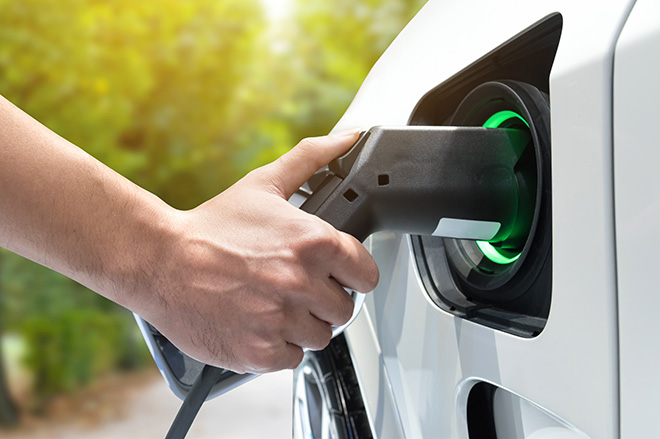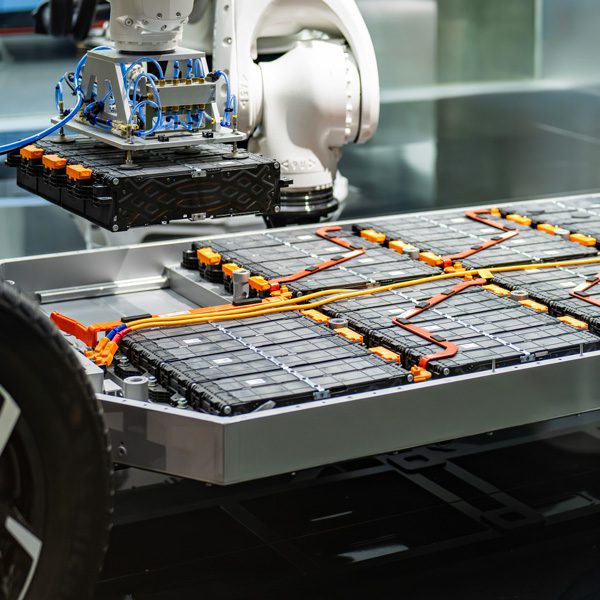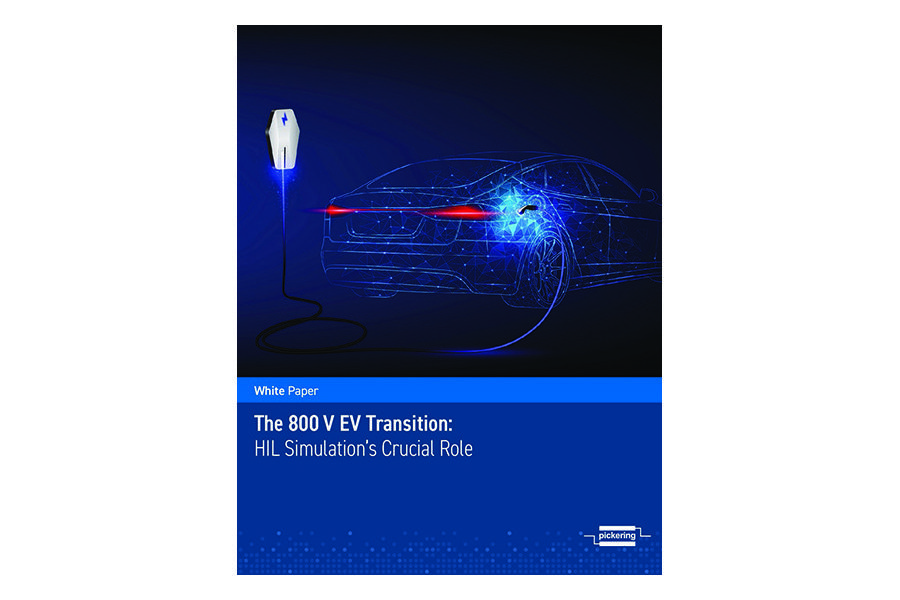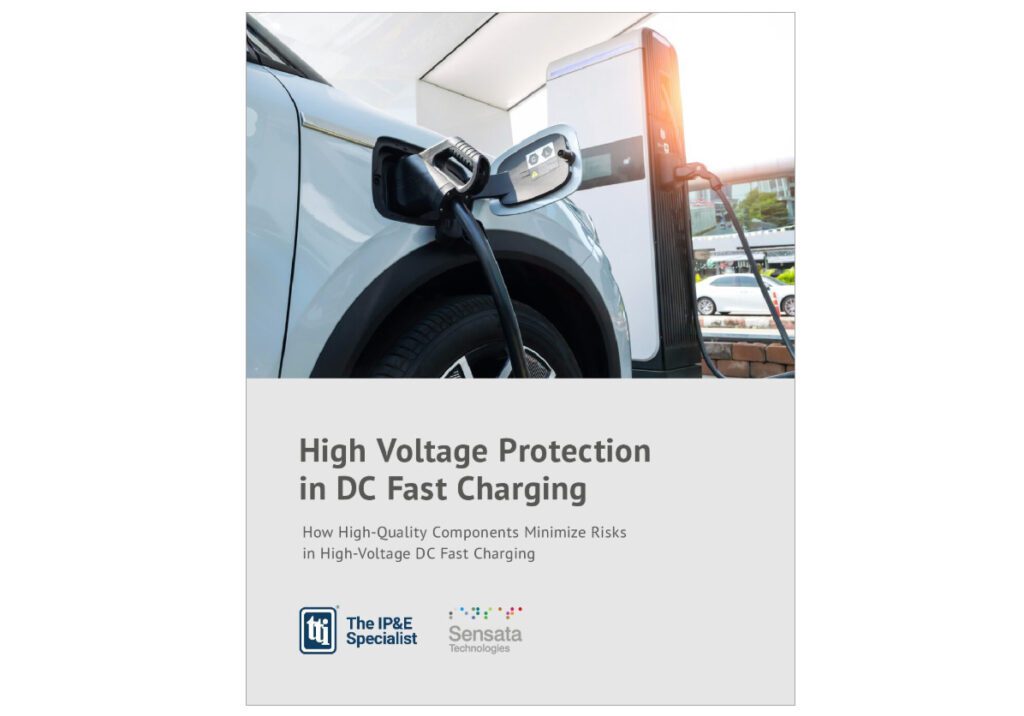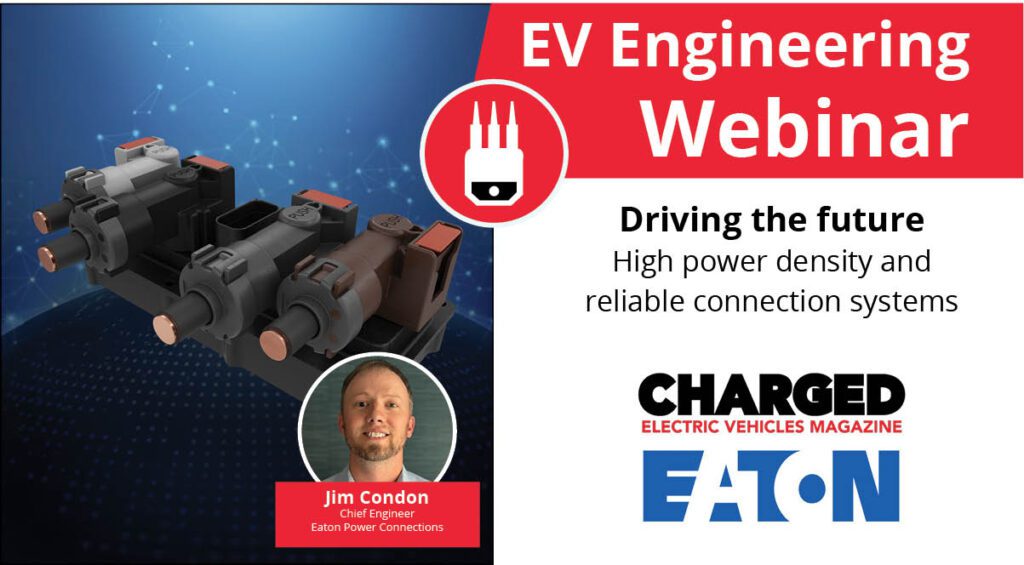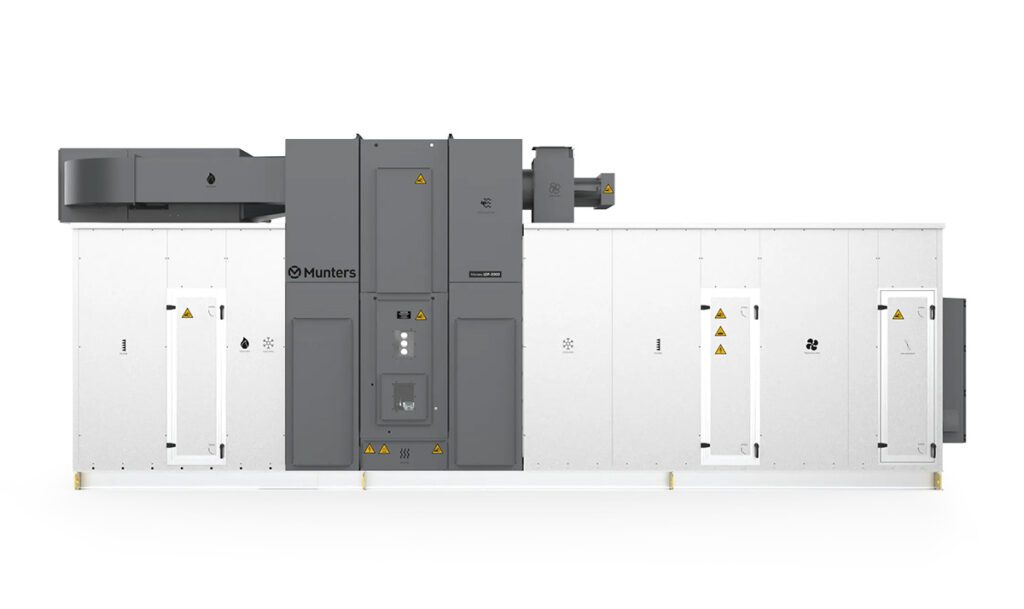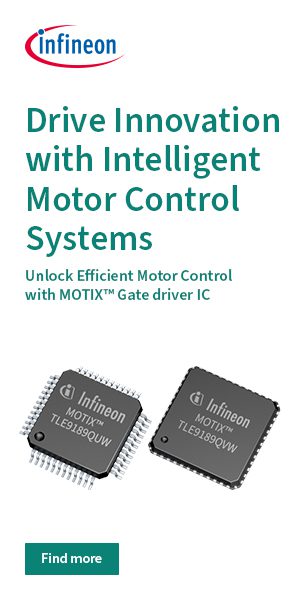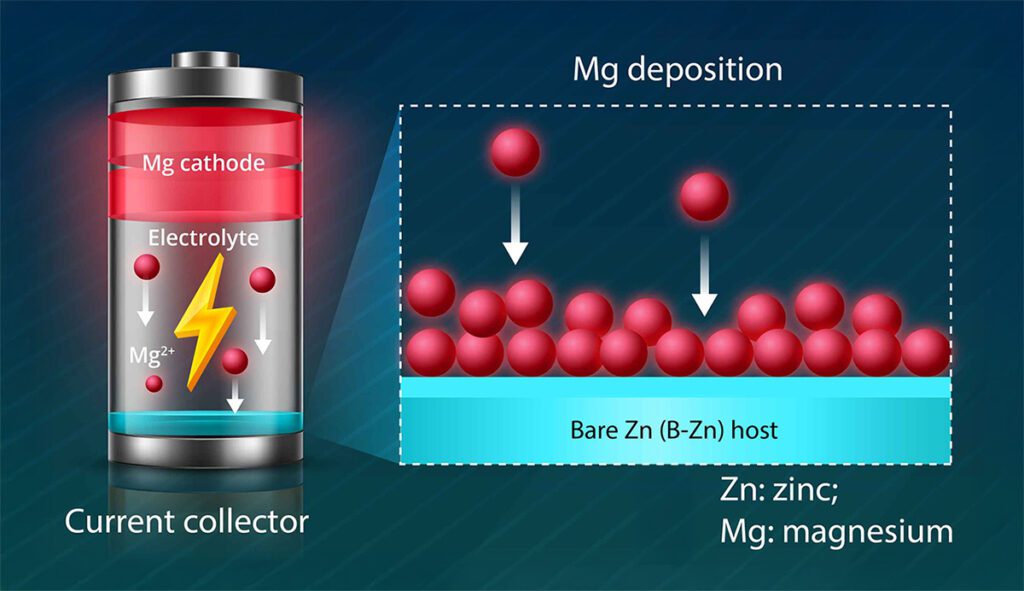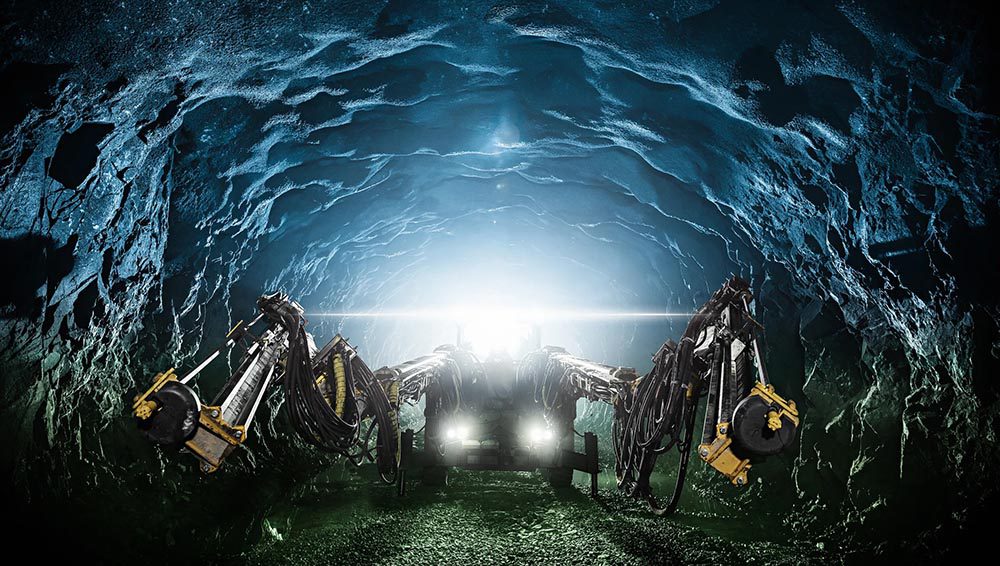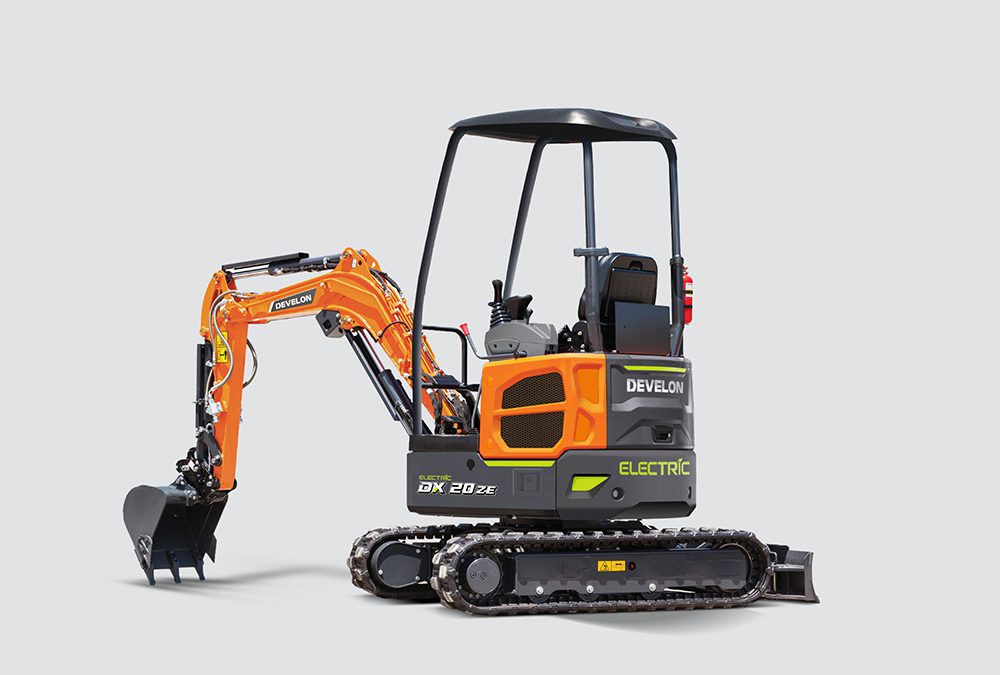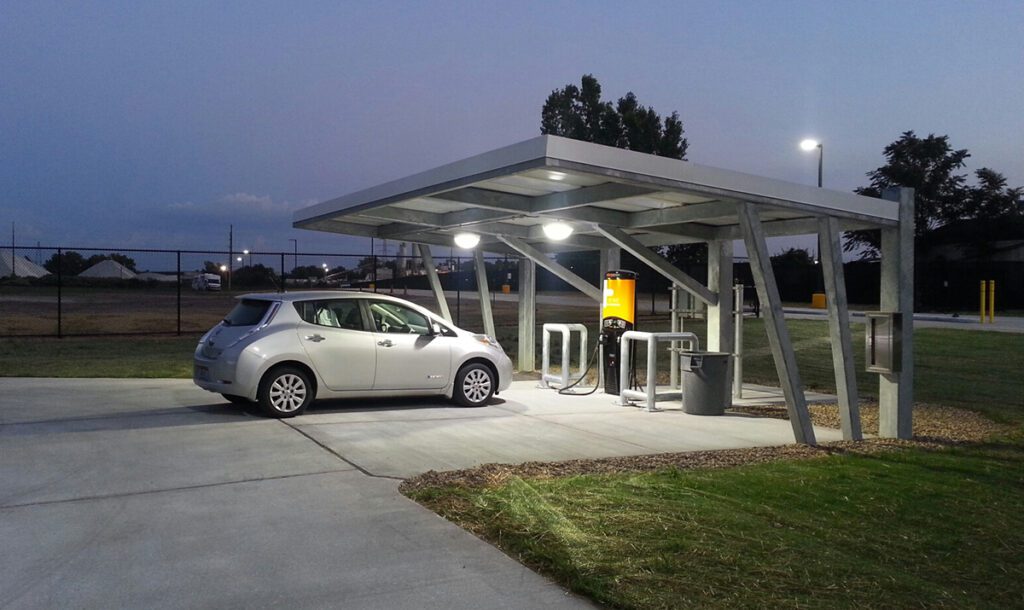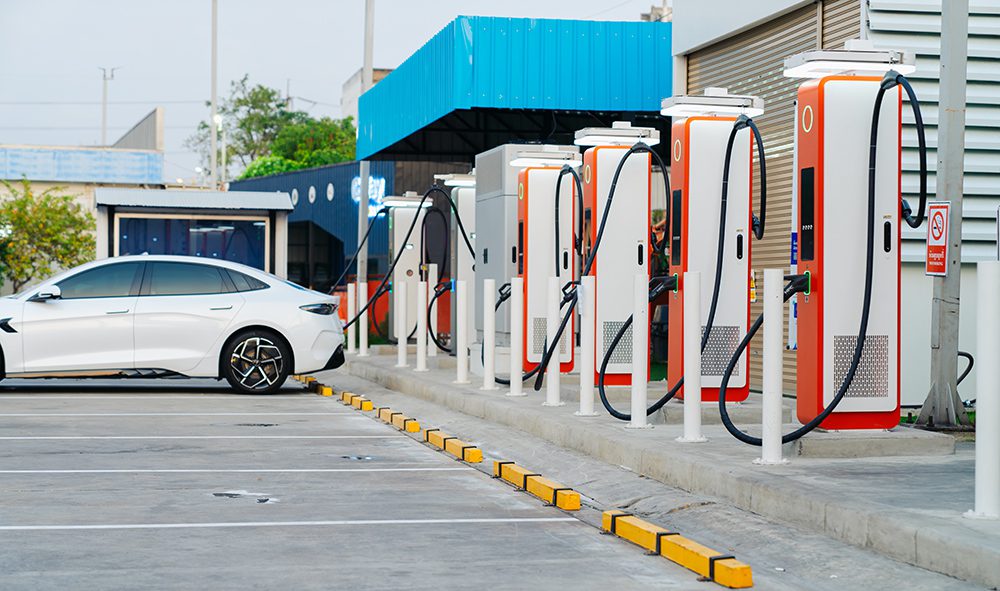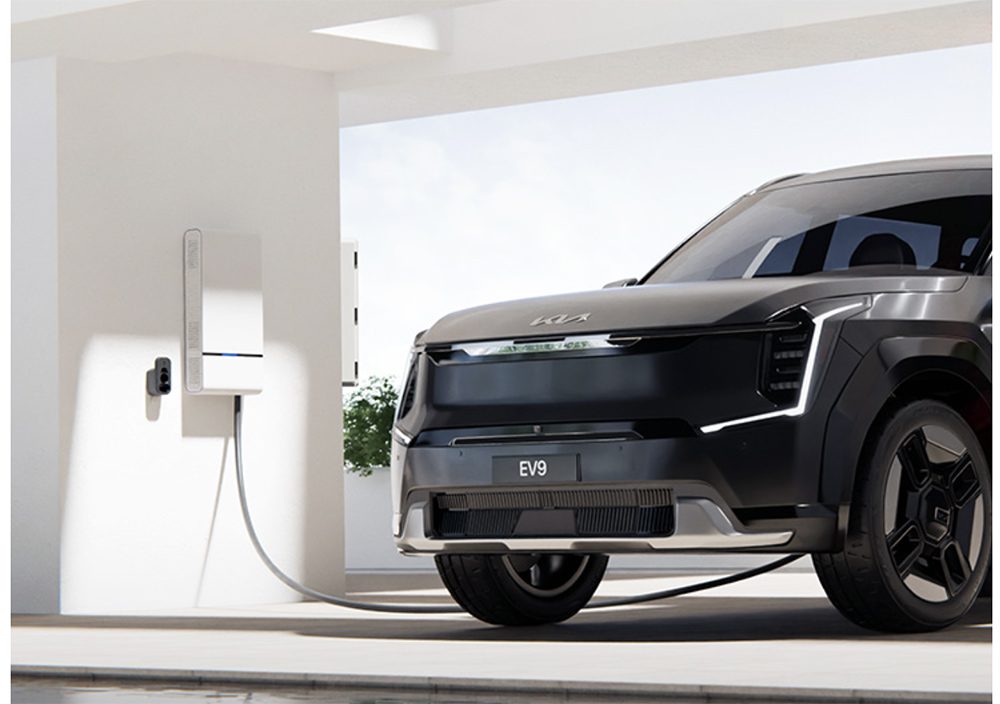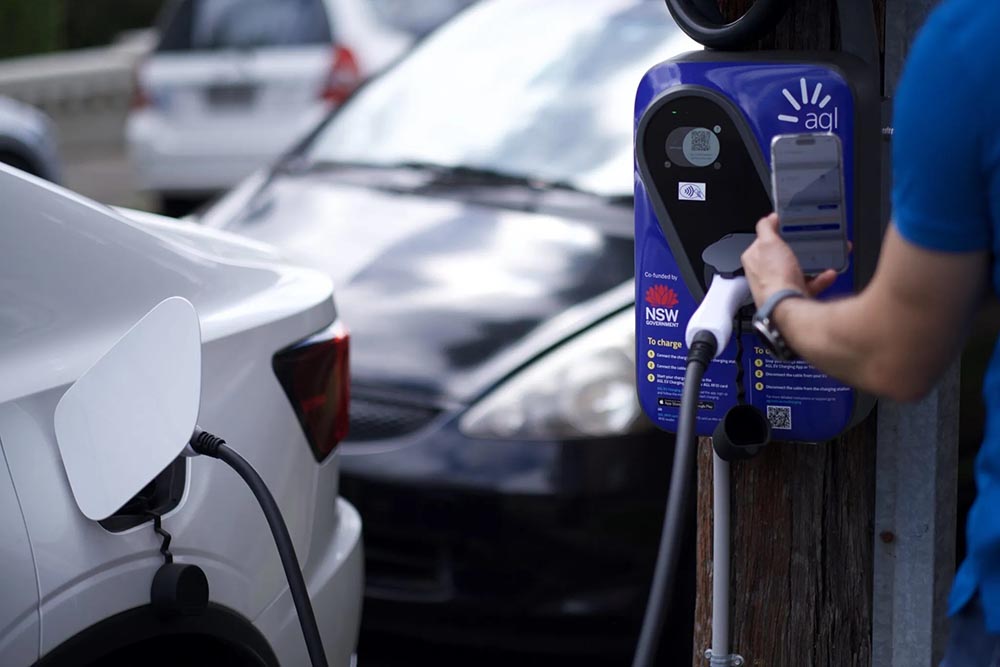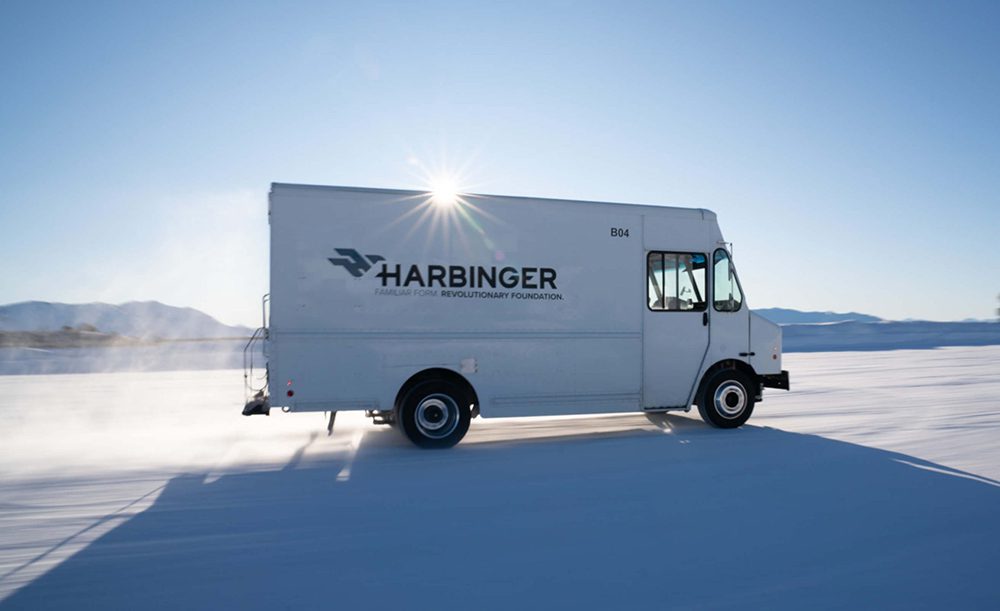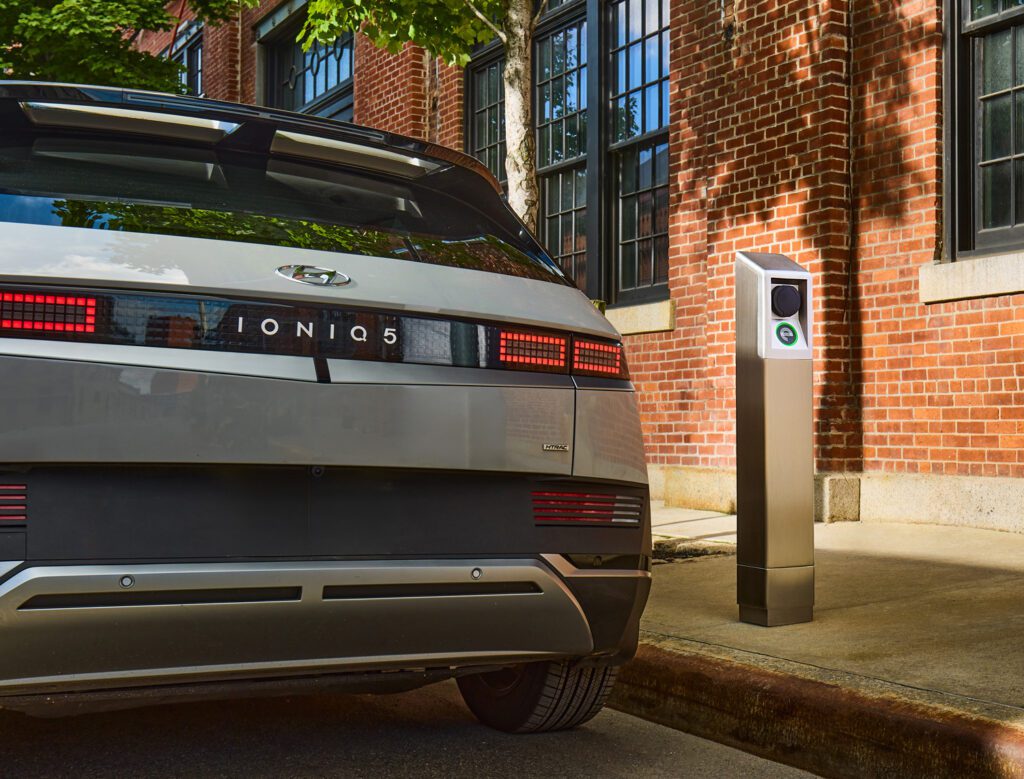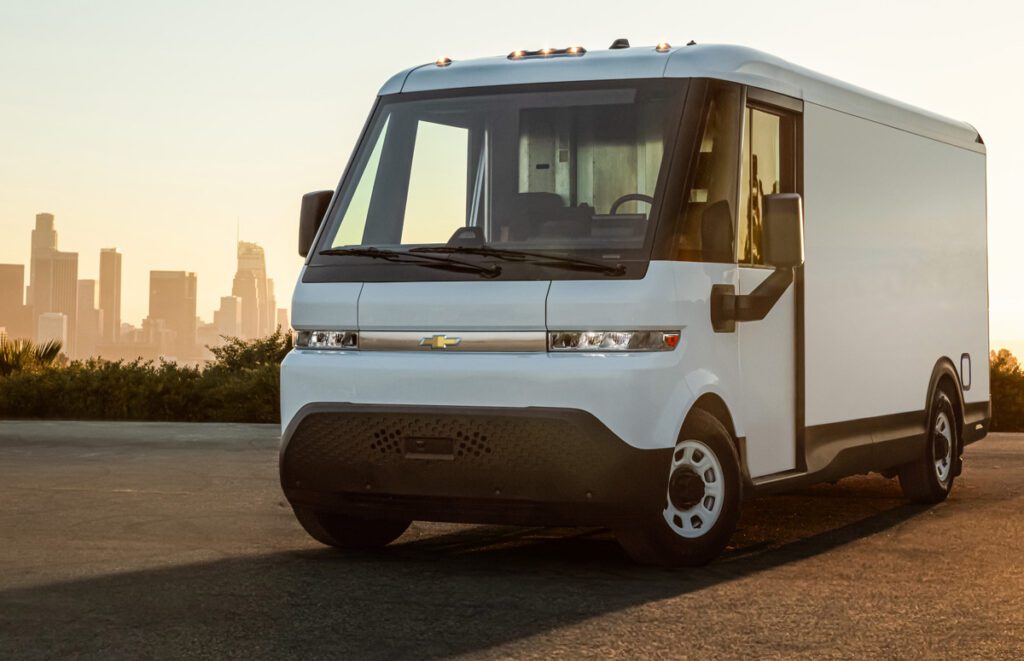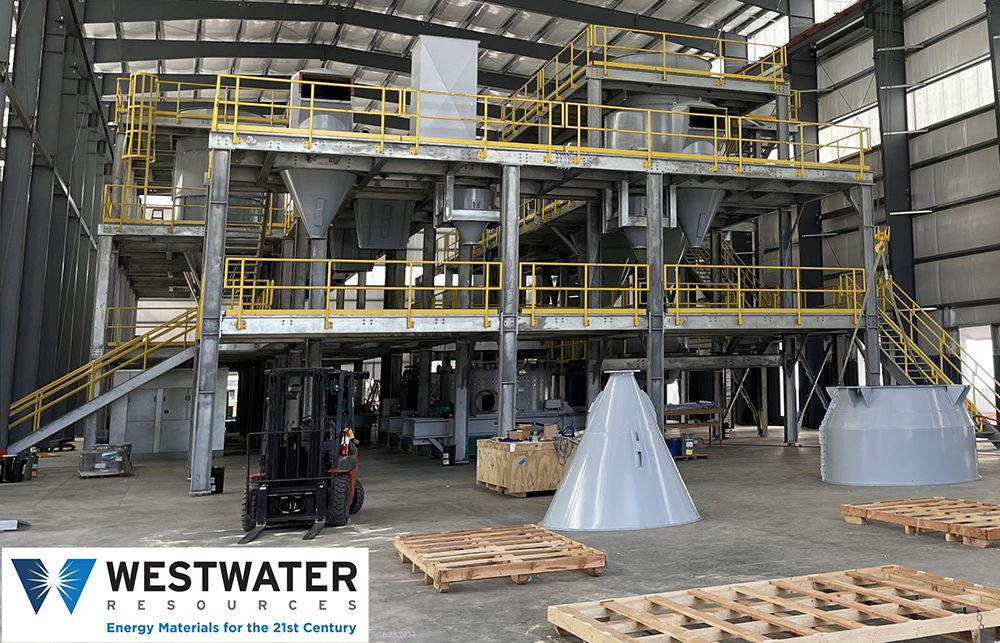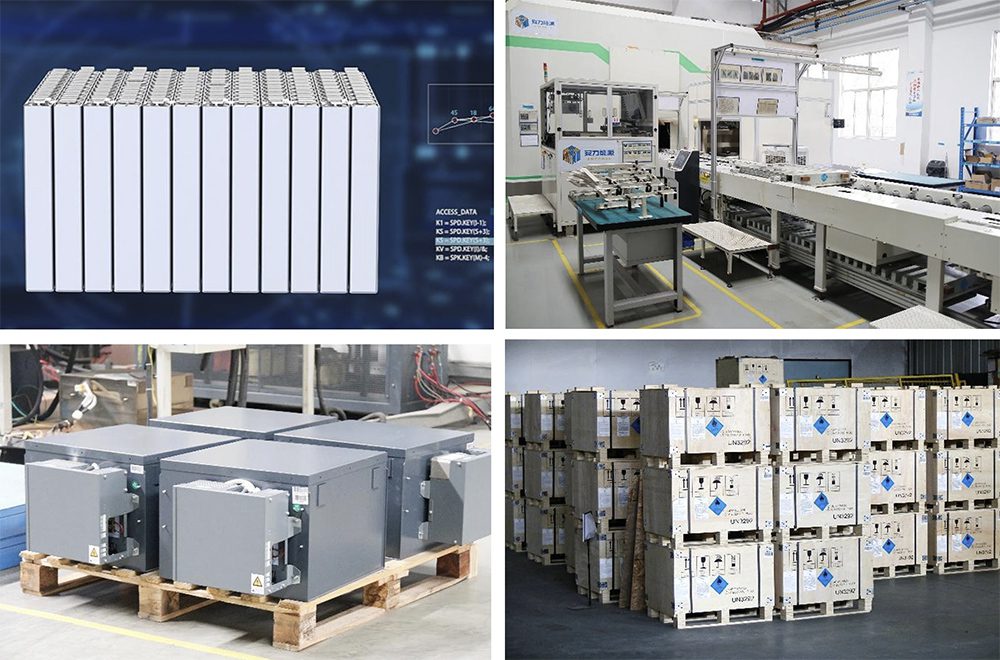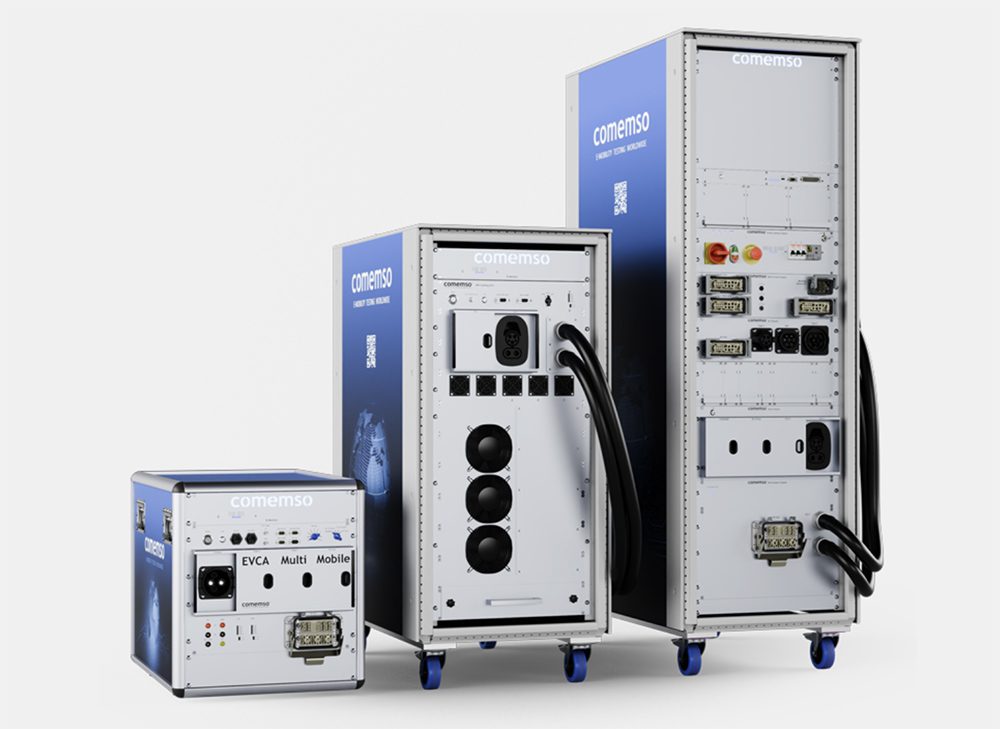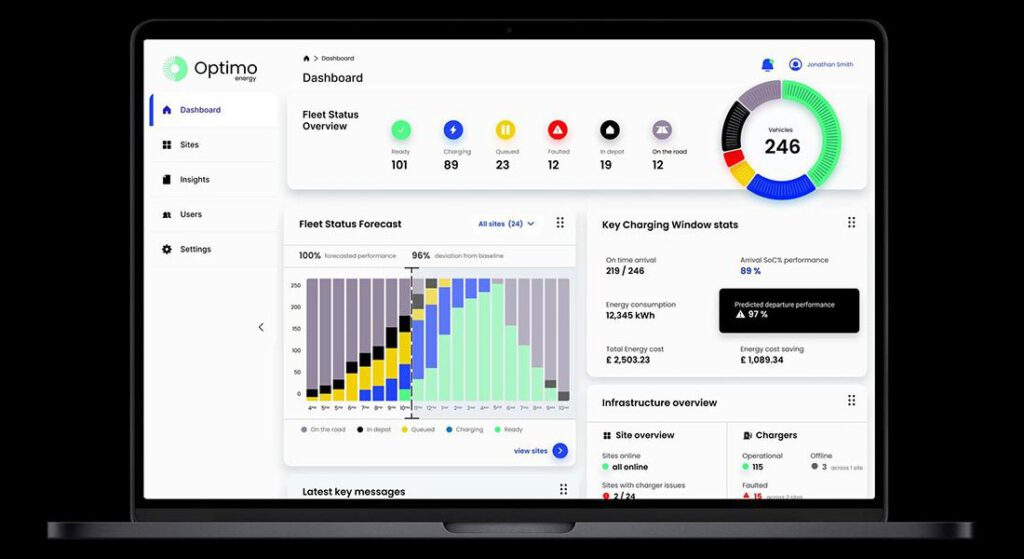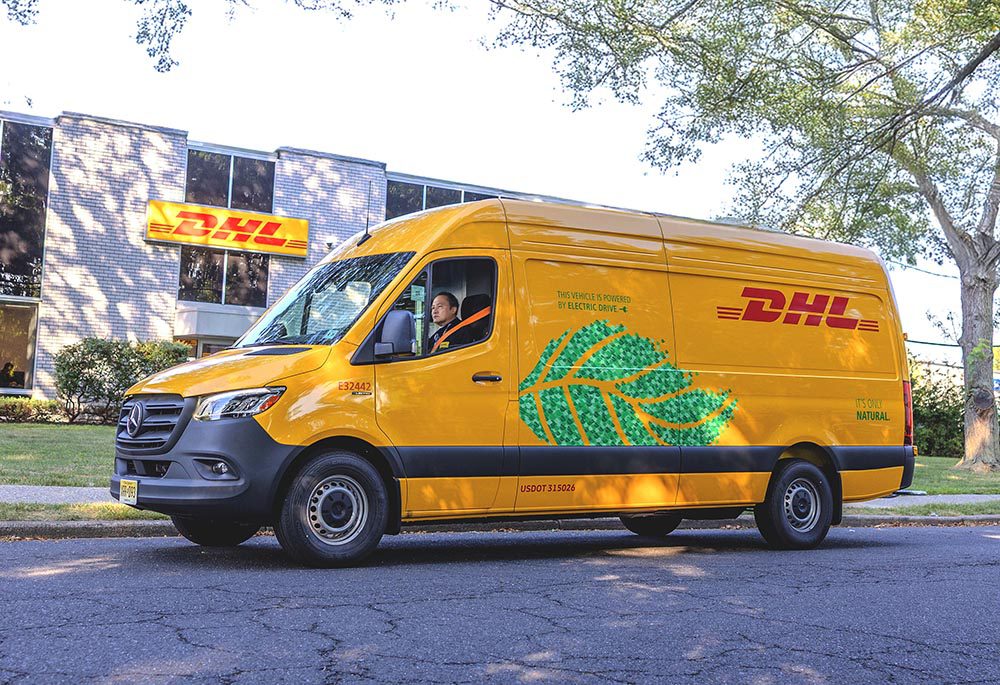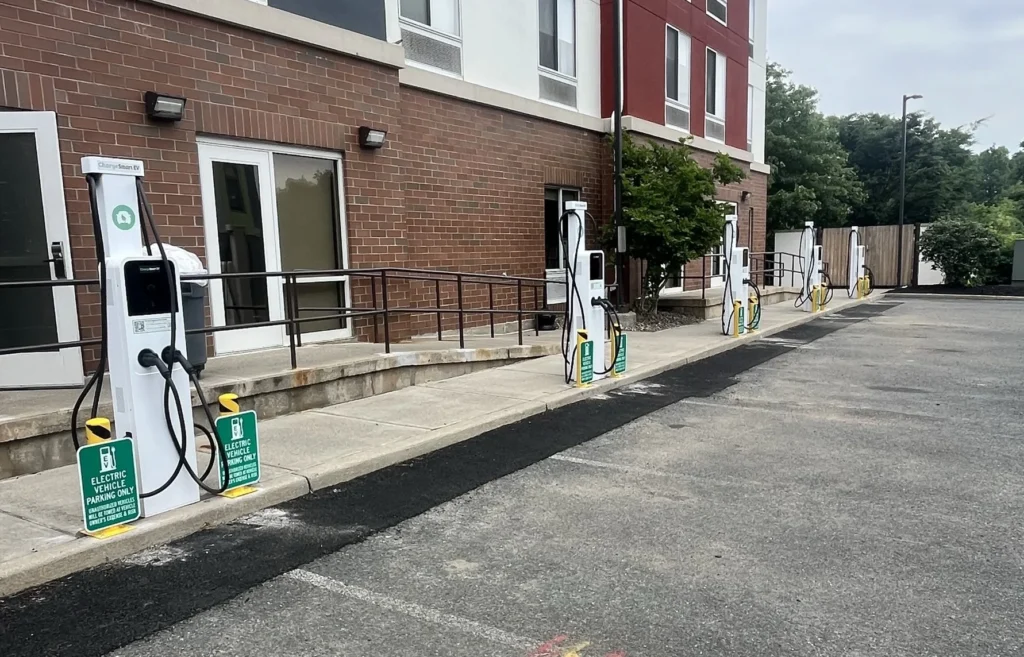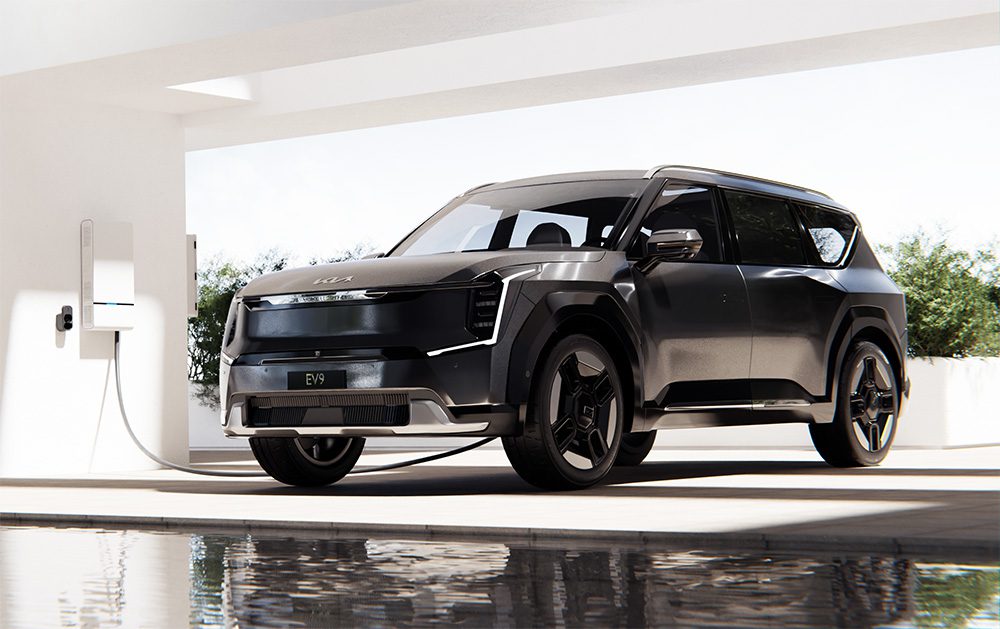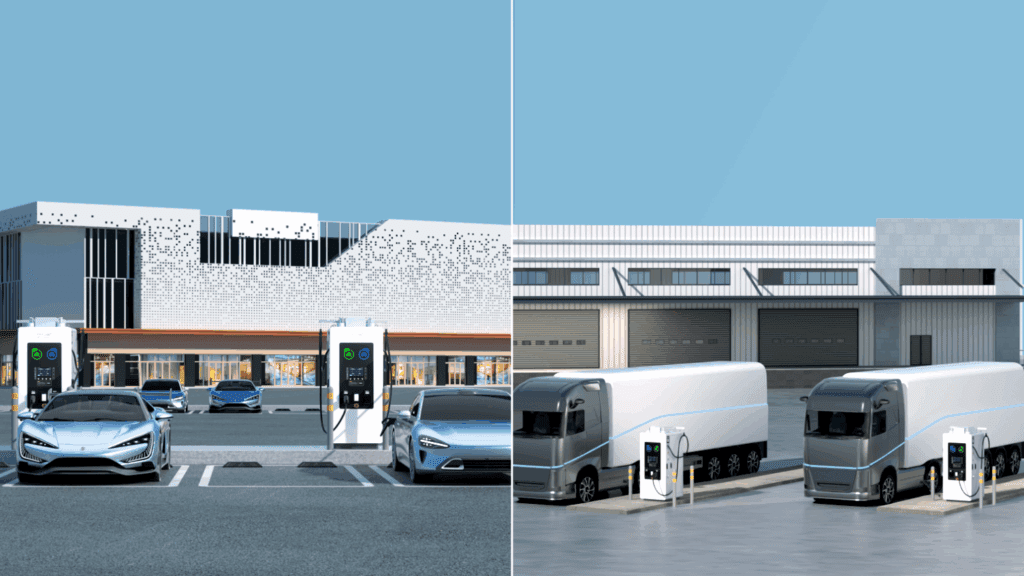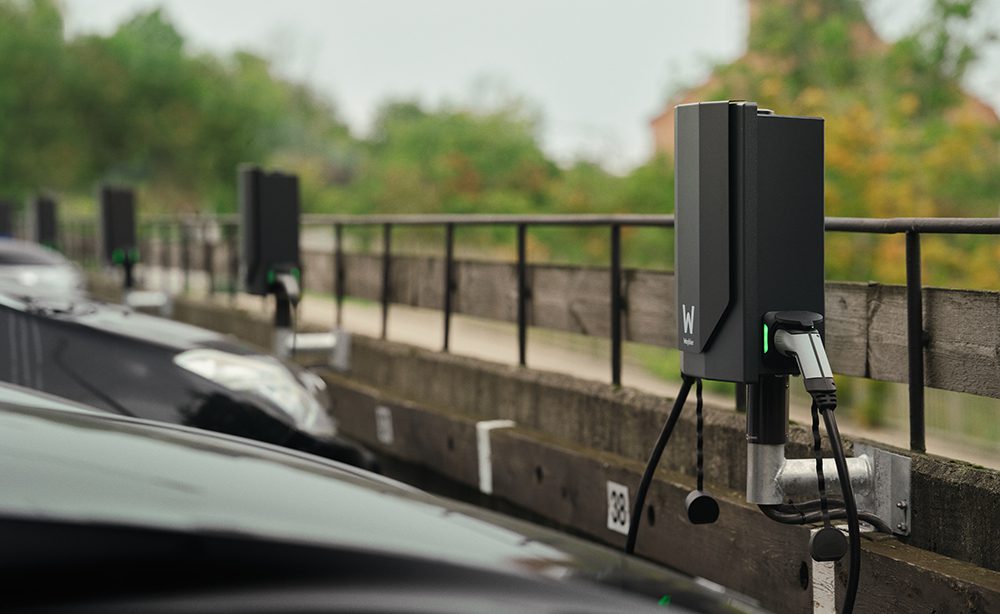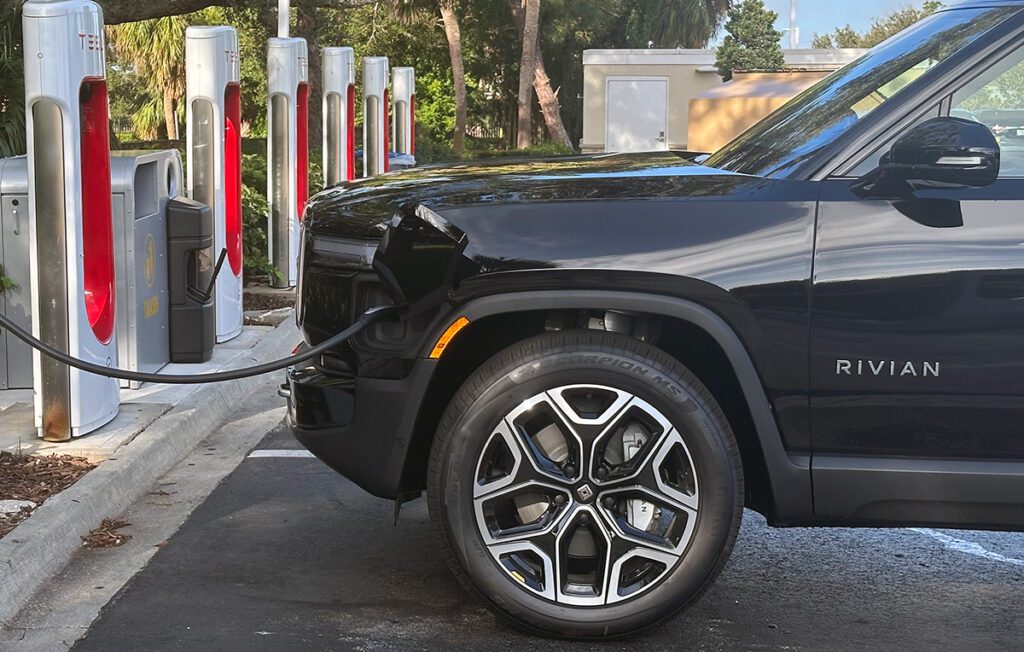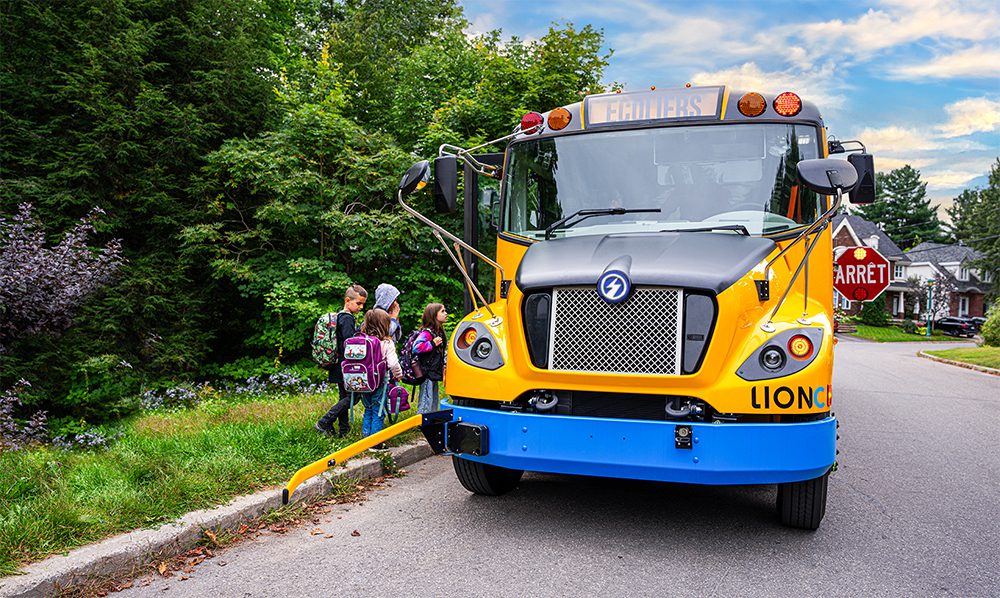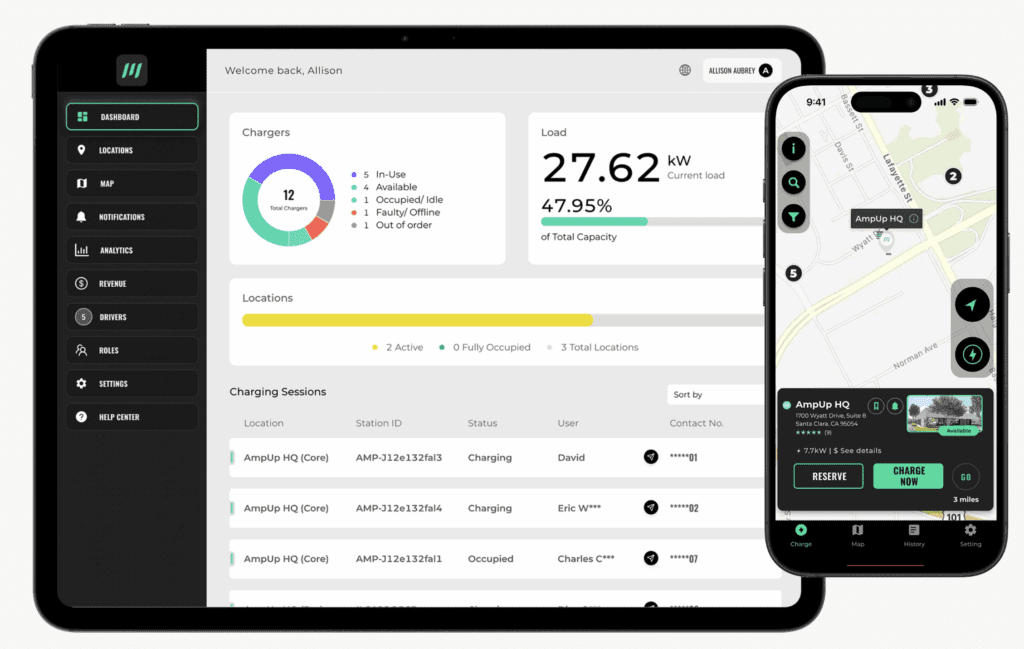The California Air Resources Board (CARB) has approved $28.64 million in new funding to support two statewide incentive programs aimed at bringing clean vehicle technologies to low-income and underserved communities.
California’s Hybrid and Zero-Emission Truck and Bus Voucher Incentive Project (HVIP) provides incentives to purchase low-emission medium- and heavy-duty trucks, and Clean Cars 4 All incentivizes lower-income California drivers to scrap their older, high-polluting cars and replace them with EVs or hybrids.
The fiscal year 2020-21 Funding Plan provides $25 million for HVIP, $3 million for Clean Cars 4 All, and $640,000 for a fiscal reserve. The new investment will help to keep these popular air district-run programs operating until the state legislature appropriates more funding.
The new funding will allow HVIP to reopen to new applicants—the program has been on hold since November 2019. To date, HVIP, which provides point-of-sale price reductions on zero-emission trucks and buses, has enabled fleets to buy more than 7,500 zero-emission and low-emission trucks and buses. More than two thirds of vehicles purchased through the program are operating in disadvantaged and low-income communities, which are disproportionately burdened by harmful air pollutants and subject to heavy truck traffic.
HVIP now provides incentives for zero-emission trucks and buses from two dozen manufacturers, including several big rig trucks. The new plan includes an emphasis on immediate support for zero-emission short-haul (drayage) trucks.
Through the Clean Cars 4 All program, low-income Californians have scrapped more than 9,500 old cars and replaced them with new or used EVs or hybrids.
“It’s critical that we clean up the way we move people and goods and these investments will help accelerate that change,” CARB Chair Mary D. Nichols said. “These programs will help remove the dirtiest cars and trucks from our roads and highways, and provide access to the cleanest vehicles for low-income families, and California communities hardest hit by pollution.”
Source: CARB




